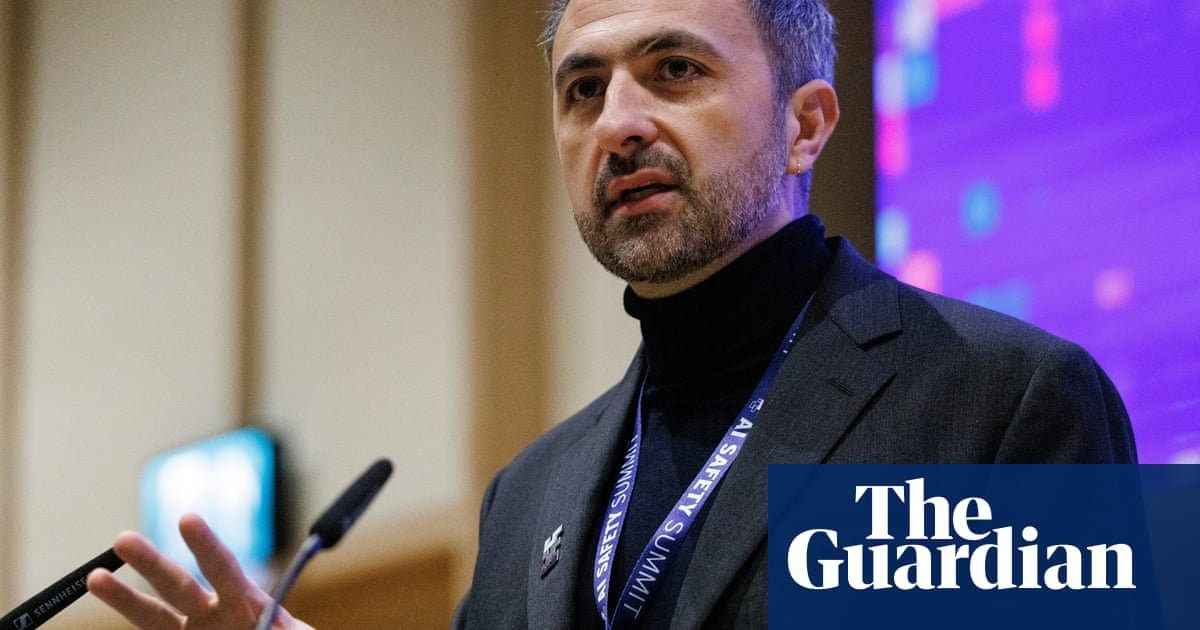U.S. President Donald Trump is about to do something none of his predecessors have — make a second full state visit to the UK. Ordinarily, a President in a second term of office visits, meets with the monarch, but doesn’t get a second full state visit.
On this one it seems he’ll be accompanied by two of the biggest faces in the ever-growing AI race; OpenAI CEO, Sam Altman, and NVIDIA CEO, Jensen Huang.
This is according to a report by the Financial Times, which claims that the two are accompanying President Trump to announce a “large artificial intelligence infrastructure deal.”
The deal is said to support a number of data center projects in the UK, another deal towards developing “sovereign” AI for another of the United States’ allies.
The report claims that the two CEOs will announce the deal during the Trump state visit, and will see OpenAI supply the technology, and NVIDIA the hardware. The UK will supply all the energy required, which is handy for the two companies involved.
UK energy is some of the most expensive in the world (one reason I’m trying to use my gaming PC with an RTX 5090 a lot less!)
The exact makeup of the deal is still unknown, and, naturally, neither the U.S. nor UK governments have said anything at this point.
The UK government, like many others, has openly announced its plans to invest in AI. As the next frontier for tech, you either get on board or you get left behind. And President Trump has made no secret of his desires to ensure the U.S. is a world leader.
OpenAI isn’t the only company that could provide the software side, but it is the most established. While Microsoft may be looking towards a future where it is less reliant on the tech behind ChatGPT for its own AI ambitions, it makes total sense that organizations around the world would be looking to OpenAI.
NVIDIA, meanwhile, continues to be the runaway leader on the hardware front. We’ve seen recently that AMD is planning to keep pushing forward, and a recent Chinese model has reportedly been built to run specifically without NVIDIA GPUs.
But for now, everything runs best on NVIDIA, and as long as it can keep churning out enough GPUs to fill these data centers, it will continue to print money.
The state visit is scheduled to begin on Wednesday, September 17, so I’ll be keeping a close eye out for when this AI deal gets announced.



























